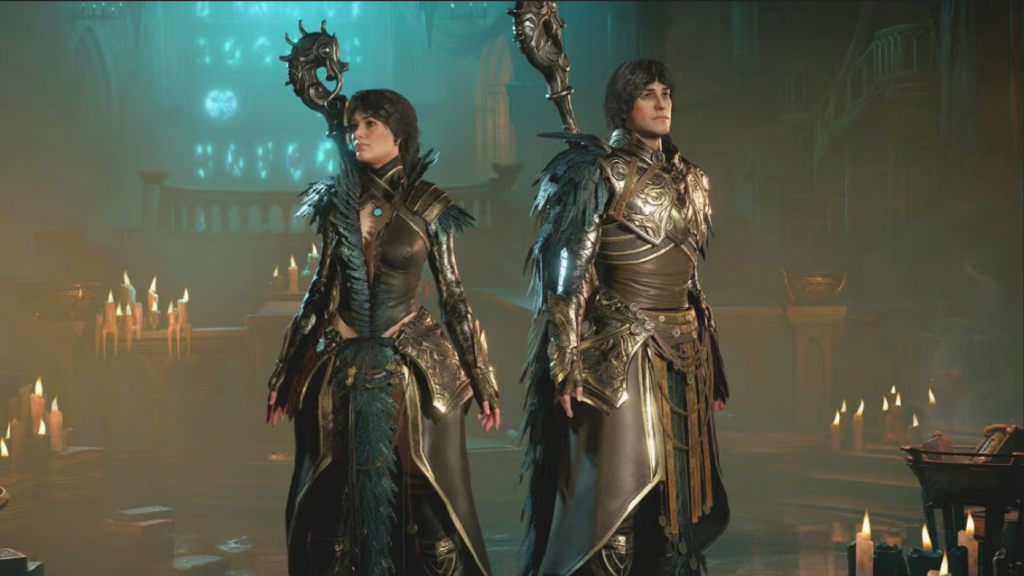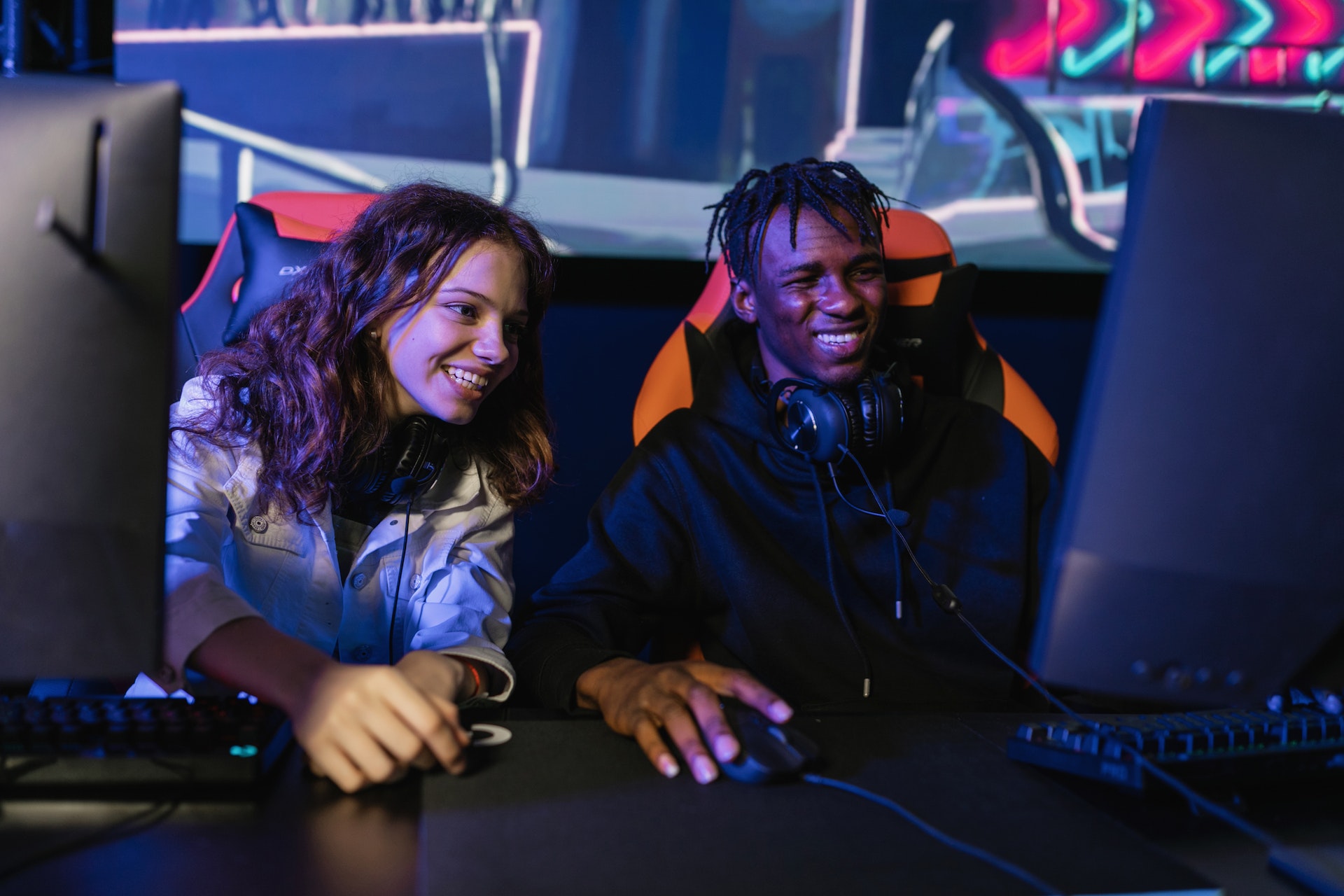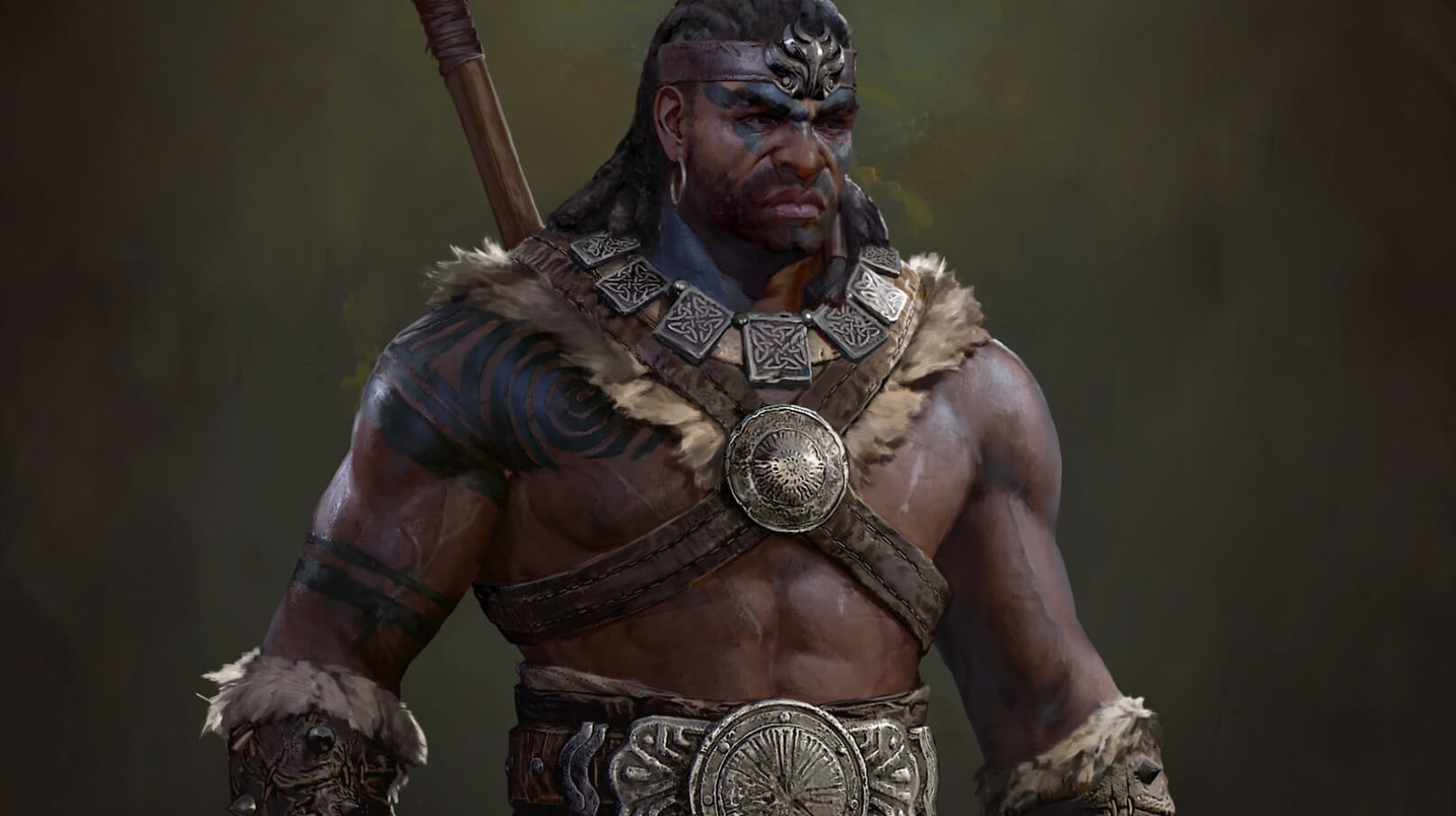Diablo 4 is not a gender-locked game. Players are free to choose between male and female avatars when creating a new character. Moreover, the game features an extensive customization system allowing players to create unique characters. As you play the game, you will acquire cosmetic items to further personalize your avatar’s looks. If you need extra Diablo 4 Gems and Gears, visit U7BUY for in-game items with the best price.
- Understanding Gender Locking in Video Games
- Developer Perspectives and Design Considerations
- Exploring the Arguments For and Against Gender Locking
- The Future of Gender Locking in Video Games
Understanding Gender Locking in Video Games
Gender locking in video games is the practice of limiting character creation options by imposing barriers between class and gender. It means that certain in-game classes, roles, or character designs are limited to certain genders, fending off the users from making a character outside those set-in-stone borders. For example, if you want to play as a Mage, you need to select a female character. Lost Ark and Black Desert Online are two of the most popular games that still have gender locking. In general, Asian games still practice this technique.
We mentioned two popular MMORPGs that implement gender locking. They are played by many. It would seem that players are not bothered about it. However, it’s actually something that we put up with rather than accept. Character customization and being able to play a character we identify with is crucial for a complete game experience. So, why do developers opt for this practice?
Developer Perspectives and Design Considerations
The reason behind gender locking is extremely straightforward: to cut development costs. We are talking about MMORPGs and other online games. Story-driven single-player games make an exception that we will talk about later. Now, imagine a development team working on creating models, animations, costumes, and other customization-related character options. The team would need to create options to accommodate all genres. From facial hair options to armors and more, a myriad of character models would have to be created. This means that the team has to put in more hours. More hours means more pay which translates to bigger production costs. The more options a game has, the more expensive it is to make. Time is a factor as well. So, instead of creating male and female character models and associated customization options, the company opts for gender-gate classes. The development costs and time are thus reduced.
Veteran gamers might remember that Diablo 1 and Diablo 2 had gender-locked classes. Back in the day, the gaming industry wasn’t the powerhouse that it is today. Gaming studios didn’t have huge teams. The investors didn’t see gaming as a profitable undertaking. As a result, funding didn’t come easily. Especially for a small studio. Blizzard Entertainment has grown into one of the most successful and largest gaming companies. Starting with Diablo 3, they have moved away from gender locking.

Related Topics
- Who Is The Strongest Boss In Diablo?
- Diablo 4 – Choose the Right Class For You!
- Is Diablo 4 Better Than Diablo 3?
Exploring the Arguments For and Against Gender Locking
The matter of gender locking in video games has been a disputed topic in the gaming world. It has sparked debates among players, developers, and game journalists. While some argue that it is necessary for narrative or historical accuracy, others view it as a restrictive and old-fashioned practice.
Defenders of gender locking often cite realism and historical authenticity as reasons for its implementation. In some games set in medieval or ancient settings, developers may argue that gender locking is essential to reflect the social norms of that time. Additionally, in games based on existing intellectual properties, such as movies or novels, gender locking may be enforced to maintain the authenticity of the source material. The Witcher series and Kingdom Come: Deliverance are two RPGs in which gender-locking works. This is because the game tells the story of a character.
On the other hand, opponents of gender locking argue that it reinforces harmful stereotypes and hampers players’ freedom of choice. Limiting character options based on gender can inadvertently promote that certain roles or classes are exclusive to a specific gender, perpetuating the notion of traditional gender roles in the gaming world. This approach alienates players who don’t identify with their assigned gender. For MMORPGs and online games, gender-locking is a detrimental concept.
The Future of Gender Locking in Video Games
In recent years, there has been a growing pushback against gender locking. Many developers have taken steps to offer more inclusive character options. Some games now allow players to choose their character’s gender freely, while others have introduced non-binary or gender-fluid options. The Assassin’s Creed series originally had only male characters, but the later implementations allow players to create female characters as well. Cyberpunk 2077 is a great example of a story-driven game whose character system features more than two genres.
It’s essential to recognize that gender representation in video games goes beyond just character selection. It includes the portrayal of characters in a respectful and empowering manner, regardless of their gender identity. Positive representation can help create a more inclusive and welcoming environment for all players. We can agree that gender-locking works in games that tell a story. It has no place in online games that are all about character uniqueness.


